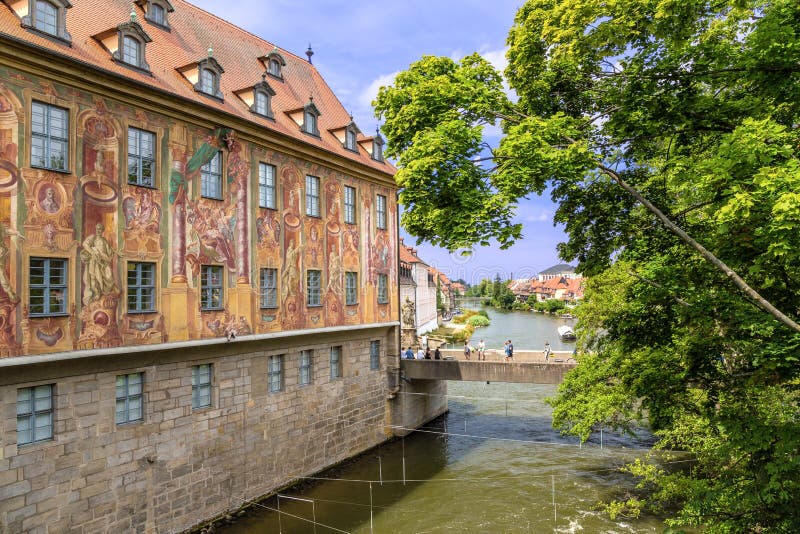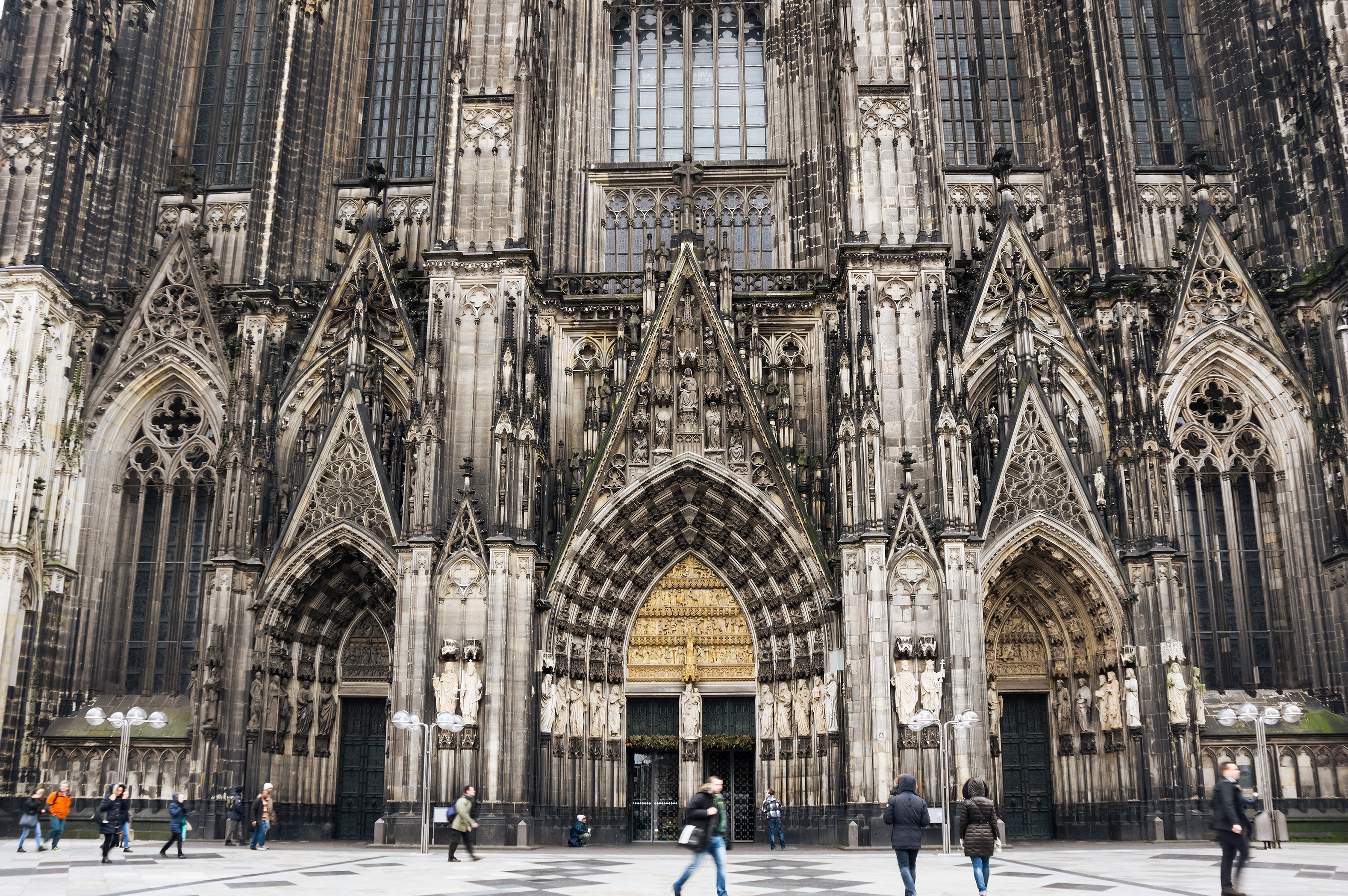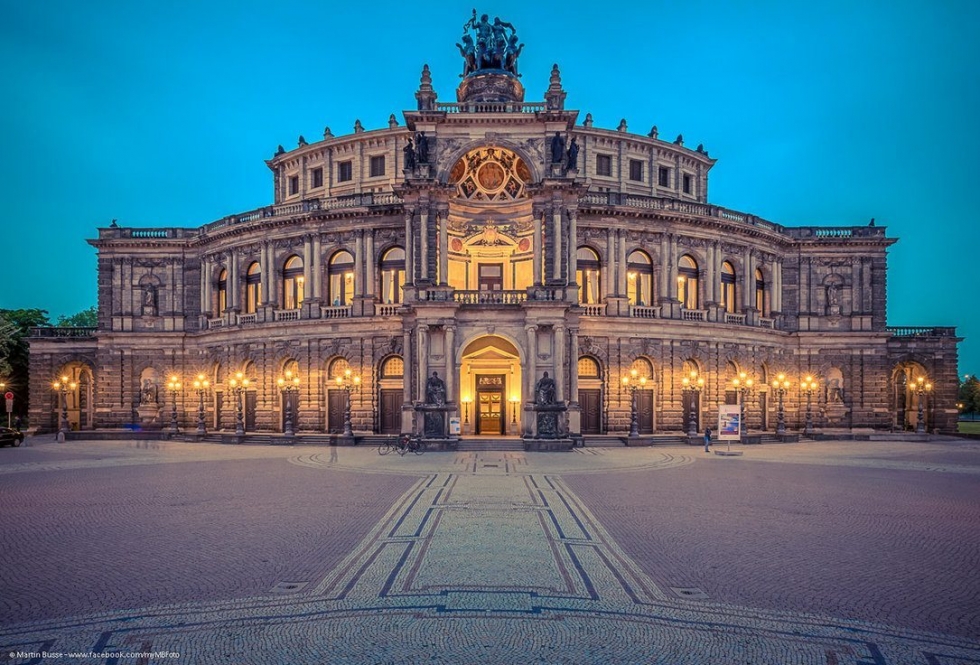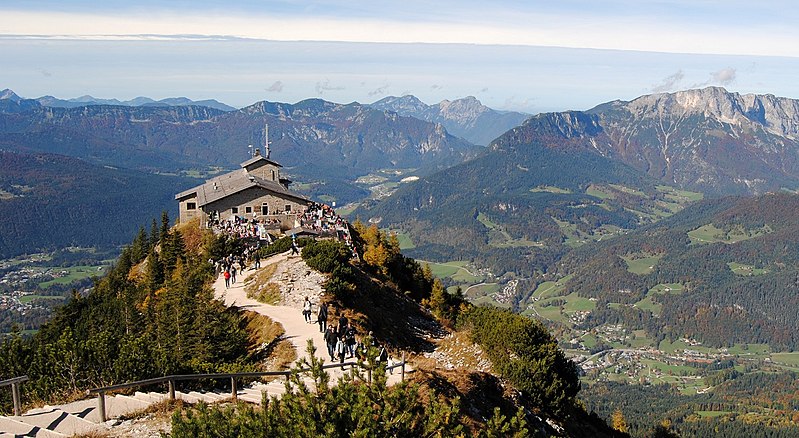Planning a trip to Germany and need some destination inspiration?
Here’s my guide to 30+ of the best landmarks in Germany, for your bucket list or itinerary. From the glitter and glitz of Germany’s lavish palaces to its craggy medieval castles, you can travel through Germany soaking up culture along the way.
Germany is a gorgeous country, blessed with scores of high powered monuments. Germany boasts a heady mix of towering castles, historic landmarks, massive cathedrals, and iconic museums.
Germany is a land steeped in history, with the earth shattering events of WWII defining the country. Germany has magnificent architecture, dazzling art, and culture. The country attracts over 40 million visitors a year.
Why? Because there are so many amazing things to see and do in Germany.
Many of these must see landmarks in Germany are UNESCO World Heritages sites or designated historic monuments. They’re located in destinations that could be weekend getaways or mini-vacations in and of themselves. These German landmarks can also be combined to create a customized road trip or itinerary for Germany.
Must See Historic Landmarks and Monuments in Germany
Here’s my picks for the top must visit landmarks in Germany, in alphabetical order for ease.

the frescoed Bamburg Town Hall
1. Bamburg Town Hall, Bamburg
The most iconic attraction in Bamberg is the gorgeously sited Old Town Hall. Dating from 1462, it’s built on an island in the middle of the Regnitz River and appears to hover above the water.
The Town Hall is connected to the town by two stone bridges. You’ve probably seen iconic shots of it before, especially from the Geyerworthsteg Bridge.
The building itself is adorable. It has arresting yellow timbers, trompe d’oeil frescos, and a cute cherub’s leg sticking out of the wall for a 3D effect. Not surprisingly, the town hall made an appearance in the 2011 movie The Three Musketeers.
How was the location of the Town Hall chosen? By some irate citizens.
Legend holds that the reigning bishop-prince refused to grant land for a new town hall to the emerging bourgeoise. Infuriated, the citizens hulked out and began throwing sticks and stakes into the river. Eventually, they created an artificial island and built their own floating town hall — a symbol of rebellion.
Address: Obere Brücke, 96047 Bamberg

Beethoven Monument in Bonn, the city of the composer’s birth
2. Beethoven Monument, Bonn
Ludwig von Beethoven was a German pianist and composer. He’s one of the world’s greatest musical geniuses.
Through sheer force of will and emotion, Beethoven catapulted the music world from Classicism to Romanticism. His tormented life was like a Wagnerian soap opera. The often irascible Beethoven suffered from debilitating deafness, unrequited love, and abject poverty.
Beethoven waas born in Bonn Germany in 1770. He had a musically inclined grandfather and a helicopter father, who was a drunk and yearned for Ludwig to be the next Mozart.
In 1845, in Beethoven’s memory, a bronze monument was erected in Munsterplatz Square. Musician Franz Liszt contributed to the project and composed a cantata for its unveiling. At the statue’s base are four symbols representing the different types of music.
Address: Munsterplatz 5311 Bonn

Berlin Cathedral
3. Berlin Cathedral
Berlin Cathedral is the largest and most impressive church in Berlin. It was built at the start of the 20th century as a symbol imperial power of Germany. It’s dubbed the “gateway” to Museum Island.
The cathedral is a four story edifice with a massive central dome in green and matching domed twin towers. In style, it’s Neo-Renaissance with some Neo-Baroque elements.
This iteration of the cathedral dates from 1893-1905. The cathedral was damaged in WWII, but reconstructed and restored.
The cathedral is filled with Corinthian columns, marble, gilding, and sculptures. The beautiful dome has colorful mosaics showing Christ’ beatification.
The church is a venue for concerts. Its enormous organ, the Sauer-Organ, is a highlight of the cathedral. On a visit, you can climb to the top of the 225 feet dome and enjoy beautiful views.
Address: Am Lustgarten 10178 Berkine

East Side Gallery of the Berlin Wall
4. Berlin Wall
The Berlin Wall is a historic wall, which once divided East Berlin and West Berlin. Finally falling in 1989, it’s a symbol of Cold War oppression. There are many different ways to see what remains of the Berlin Wall. Throughout Berlin, cobblestones mark where the wall once stood.
One of the best known crossing points of the Berlin Wall was Checkpoint Charlie. Controlled by the Western Allies, the border crossing bore an ominous sign stating “You are leaving the American Sector.” This was the single crossing point for members of the Allied forces and foreigners.
If Checkpoint Charlie is too touristy for you, head to the Berlin Wall Memorial, known in German as the Gedenkstätte Berliner Mauer. It’s a memorial to the countless men, women and children who died while trying to get across the wall.

the Fraternal Kiss on the Berlin Wall
The Berlin Wall’s East Side Gallery is the longest and best preserved section of the wall. It’s now a free outdoor art gallery with 105 murals, which were created in 1990 after the borders started to open.
The graffiti style works, painted in 1990, were created as a monument to the fall of the divide. The most striking and renowned mural is Dmitri Vrubel’s Fraternal Kiss. The mural shows Leonard Brezhnev and Erich Honecker kissing, based on a real photograph.
Address: Niederkirchnerstrasse 1, 10117 Berlin

Brandenburg Gate in Berlin
5. Brandenburg Gate, Berlin
Located at the end of the Pariser Platz, the Brandeburg Gate is one of Berlin’s most iconic landmarks. It was originally built as one of 18 similar fortifications in the early 18th century under Prussian King and Berlin Elector Friedrich Wilhelm II.
The gate was designed in a Neo-Classical style on the place that marked the dividing line between East and West Germany, symbolizing the schism. Affixed to the top is a gilded statue of the Greek goddess of peace, Eirene.
But the Brandenburg Gate hasn’t always been associated with peace. The gate infamously played host to infamous military processions, from Napoleon to the Nazis.
Since the fall of the Berlin Wall, however, that has changed. Now, the gate is a symbol of unification between Berlin and surrounding regions of the country. In 2000, it was fully restored. Today it serves as one Berlin’s most prominent tourist attractions.
Address: Pariser Platz 10117 Berlin

Cochem Castle
6. Cochem Castle, Cochem
Cochem is a little gem on the Moselle River in Rhineland Germany. It’s an idyllic riverside town with fairytale architecture.
Cochem is famous for its doughty romantic castle built in the 11th century, officially called Reichsburg Castle. The entire setting looks like something straight out of a movie set.You can either hike or take the shuttle up.
The castle was built in 1130. But its current iteration dates from the 1870s. The castle’s most distinctive feature is its striking four story octagonal tower with mini turrets.
There are 40 minute guided tours. You can inspect the beautiful furnishings inside, courtesy of the Ravene family. The castle also offers killer views of the surrounding countryside.
Address: Schlossstraße 36, 56812 Cochem

Cologne Cathedral
7. Cologne Cathedral, Cologne
A hallmark of the Rhine River, the UNESCO-listed Cologne Cathedral is one of Germany’s most stunning sites and its most visited attraction. Finished in 1880, the stone mass is almost 160 meters high.
The cathedral was constructed in a Flamboyant Gothic style, which reflected the Romantic Movement prevalent at the time. The cathedral has a Latin cross shape with side aisles supporting the highest Gothic vault ever built.
Inside, the High Altar is black marble, faced with white marble niches and relief sculptures. The most valuable piece of art is the Shrine of the Three Kings, a reliquary that reputedly contains the relics of the three wise men. The relics make the cathedral an important place of pilgrimage.
There’s also gorgeous stained glass, including a newer piece by famed German artist Gerard Richter. It’s a bit of a miracle that the cathedral escaped WWII with only some damage.
Address: Domkloster 4 50667 Cologne

memorial sculpture at Dachau Concentration Camp
8. Dachau Concentration Camp, Dachau
The notorious Dachau Concentration Camp is on the outskirts of Munich. It’s about 25 minutes by train from Central Station. Be sure to pick up an audio guide to orient yourself. It’s a vast space.
Dachau played a significant role in having Hilter’s history in Germany. It was one of the first camps set up to hold political prisoners, subversives, Jews, and other “undesirables” during WWII.
There are chilling and disturbing memorials — prisoners cells, death chambers with chemical induction pipes, barbed wire fencing, and a crematorium. You can see bullet marks on the walls. The onsite museums details atrocities the prisoners suffered in this satanic world.
Dachau was liberated in 1945 by the US Army. After liberation, the camp was used by the US Army as an internment camp. It was also the site of the Dachau Trials for German war criminals, a site chosen for its symbolism.
Address: Alte Romerstrasse 75 85221 Dachau

Dresden Cathedral
9. Dresden Cathedral, Dresden
Dresden is a delightfully Baroque city, reborn from the ashes of World War II. Dresden Cathedral, known simply as Frauenkirche (the Church of Our Lady), is the star attraction.
The Baroque church was completed in 1743, by architect George Bähr. The famous domed church dominated Dresden’s cityscape for 200 years, before being incinerated in WWII.
For decades the church was a collapsed and blackened ruin, a grim testament to the destruction of war. Over time, and after long debates about its future, money was raised to rebuilt a replica church. It was unveiled in 2005.
The blackened stones from the bombing are set into the cathedral along with new sandstone. Visible imperfections were intentional. Like the Brandenburg Gate, Frauenkirche now stands as a symbol of peace and reunification.
Address: Schlosstrasse 24 01067 Dresden

Semper Opera in Dresden
10. Dresden Opera, Dresden
Dresden Opera House, now called the Semper Opera was also gutted in air attacks on Dresden. The famous opera house reflected Dresden’s former fame as a musical center. it was once directed by Richard Wagner, who called the acoustically perfect venue a “wonder harp.”
The building was designed by German Romantic architect Gottfried Semper in an Italian Neo-Renaissance style. Forty years after the air raid, the opera house was carefully restored over 7 years to the tune of $83 million. It reopened in 1985.
The restoration recreated the pastel wall colors, faux marble columns, decorative motifs, and filigreed ceiling and wall frescos. Atop the opera house is a bronze statue of a quadriga, or chariot drawn by four horses.
Address: Theaterplatz 2, 01067 Dresden

Hitler’s Eagle’s Nest
10. Eagle’s Nest, Berchtesgaden National Park
Hitler’s Eagle’s Nest is perched in the clouds on the Kehlstein peak of Berchtesgaden National Park. The mountain aerie was once a private meeting place for the Nazi Party. It’s one of the few remaining monuments that still stands as a legacy of Hitler’s reign of terror.
Historians believe the retreat wasn’t just a scenic getaway. Rather, it was a symbol of absolute power, the crown jewel of the Nazi empire. Set atop one of Germany’s steeped roads, it took 18 months to build.
When the Eagle’s Nest fell to the Allies near the end of WWII, it was viewed as a highly symbolic and important capture. The Allies uncovered a bunker full of hundreds of thousands of bottles of expensive wine and liquors – Hitler’s private stash.
In theory, the Eagle’s Nest was built for Hitler to host and entertain VIP guests of state. But legend holds that Hitler didn’t go there much due to vertigo. Other Nazi officials, however, used the home as a private party pad.
Today, the Eagle’s Nest is a scenic beer garden, as well as a buzzing tourist site open from mid-May to mid-October.
Address: Obersalzberg Berchtesgaden, 83471
Eltz Castle
Source by: thegeographicalcure.com
